While a baby's first bath might seem like it will be an Instagram-worthy bonding moment, the reality is that it is a little more intimidating and a lot more slippery.
There is no doubt that bathing your newborn and getting them completely clean is a daunting experience, but it is also an extremely nice feeling. Waiting for the umbilical cord to fall off can feel like an eternity, as your body heals and you adjust to postpartum life.
For many postpartum women, COVID-19 and the current travel restrictions may have made sharing this milestone with your mother, sister, or grandmother difficult. While you have been able to rely on your mother’s expertise in the past, she might not be able to be as hands-on as you both wish she could be.
Fortunately, we're here to provide you with information about what to expect. Take a deep breath, and remember that you’re the mom now. You got this.

When Should I Bathe Them for the First Time?
If you have just brought your newborn home, a sponge bath is the safest way to keep them clean. During the healing process of the umbilical cord stump and circumcisions, it is not advised to submerge them in water. It’s best to keep the umbilical cord as dry as possible. When they lose their cord and get a little older, they're ready for a real bath in their infant tub.
You should let the stump fall off on its own about two weeks after birth. If it lasts longer than three weeks, oozing pus, or becomes swollen and red, contact your pediatrician.
How Often Should I Bathe my Newborn?
Babies should only be bathed two to three times a week, or every other day at most. Of course, if they have a huge blow-out, drool, or snot. You may want to give them an extra one. A frequent bath can cause dry skin, though. Please make sure to consult your pediatrician for any medical conditions your child has, such as eczema or allergies.
If your newborn enjoys the bath, it can be a relaxing part of your evening routine. The activity might be better timed for the morning or the afternoon if it makes them cry until they turn red.

Safety & Health Concerns
Before you get started, there are a few things to be aware of so that you’re prepared for the task at hand. Your newborn should not be able to wiggle and slip under the bath, so keep it shallow, about two or three inches deep.
Keep one of your hands on your newborn at all times, and never walk away, even for a second. By now, you probably know how important it is for you to support your baby's neck. If you have a partner, he or she can assist you with handing you supplies or holding them while you wash.
Keep the room at a comfortable 75° F so that your newborn will not get too cold. Water should be at a temperature of about 100° F. You can test this with a bath thermometer or your elbow. Ideally, it should feel warm, not too hot or too cold.
Lastly, newborns' skin may be sensitive, which is why you should be cautious when choosing skincare products. If you’re looking for a non-toxic shampoo, soap, or lotion, it can be a little harder than you might think. After all, shouldn’t they all be non-toxic?
Unfortunately, they’re not. Avoid products that use fragrances, parabens, phthalates, and formaldehyde. If your child does start to develop any issues like cradle cap or eczema, you can adjust accordingly. Consult your pediatrician for the best choice for your newborn.

What Will I Need to Bathe My Baby?
While bathing your newborn, you will want all the things you need within easy reach. You’ll have one hand on your baby, so you can even go so far as to get the cloth soaped up beforehand.
Set up your bathing station with:
- An infant's tub
- Bath thermometer (if you have one)
- Washcloth
- Non-toxic body wash/shampoo
- Hooded towel
For after the bath:
- Diaper
- Diaper cream
- Lotion
- Outfit
- Brush or comb
Here’s our comprehensive guide for choosing the right washcloth, which highlights the benefits of muslin over cotton for young babies. Ultimately, though, anything you have will get the job done. There are a lot of different brands and types of baby tubs out there, so if you need help picking out the best tub for your newborn, this article on the basics is a great place to start.
How to Bathe Your Newborn
Step 1: Gently lower them into the bath, feet first.
Step 2: Support their head and neck with one hand while you use a cup or washcloth to keep them warm and wet. While you should get their hair fully wet, babies tend not to like having anything poured over their faces.
Step 3: Use a mild, doctor-recommended soap to thoroughly wash their entire body, from toes to armpits to the neck. Take extra care around the belly button and genital area. Only a little soap is needed for the genitals of girls, and you should wipe them from front to back. Be extra gentle with boys who have been circumcised. Afterward, rinse the suds off.
Step 4: Massage their hair with a tear-free wash or shampoo, and gently rinse it out. Do your best not to get it in their eyes, but it's fine if you do.
Step 5: Clean their face with a wet cloth.

What to Do After the Bath?
Now that you have a clean infant, probably wailing, you can finish the job. Wrap them in a hooded towel and place them on a flat surface. You can use lotion on their arms, legs, and belly, as well as diaper cream if you usually do, as long as it’s pediatrician-approved. Now is also a good time to clean out their ears if needed.
If you or your partner plan on doing skin-to-skin, you can use this time to prepare for that. If not, dress them in a diaper and comfortable outfit. To keep them looking fresh, use a soft brush for their hair if they have any. See our list of newborn must-haves from moms who have been there.
Depending on how upset your newborn gets during baths and getting dressed, they may want to eat or be swaddled or rocked afterward to calm down. Some babies love baths from the start, while other babies will let you know how much they hate it. Do your best to remain calm and confident, even if you don’t feel that way.
What to Expect
We hope bathing your newborn is a blissful and sweet experience for you, but the reality is that it may not be. If you had a C-section, your incision might hurt when you bend over, and if you gave birth vaginally, you may feel sore.
The slippery nature of a wet newborn can really test your patience, and a wet, screaming, wiggling newborn can really get the better of you. Having said that, this is your first time doing this. Before you know it, these sleep-deprived, milk-filled early days will be a distant memory.
In addition, some newborns lose a thin, papery layer of skin on their arms and legs after birth. It is normal for them to adjust to being outside of your womb in that cozy, warm amniotic fluid.

Wrapping Up
Newborn tasks can feel daunting and more than a bit scary; after all, you guys just met. That doesn’t mean you can’t enjoy the process and learn to take the bad with the good. Reach out to moms who have come before you, in the form of family, friends, or an online community. It can be hard to admit that you’re struggling, but every mom does. We need all the help that we can get.
It’s also incredibly easy, in the wild world of modern parenting, to feel like you need to have extra gadgets and fancy products to properly bathe or raise your child. Do your best with what you have, and remember that love and safety are more than enough.
Performing these simple tasks with your newborn does help establish your bond, even if it doesn’t feel like it right now. They may hate the bath, they may love it, but they’ll be fine. After all, they lived in water for nine months and never complained.
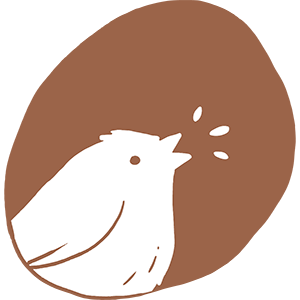

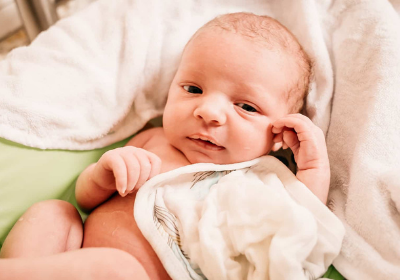
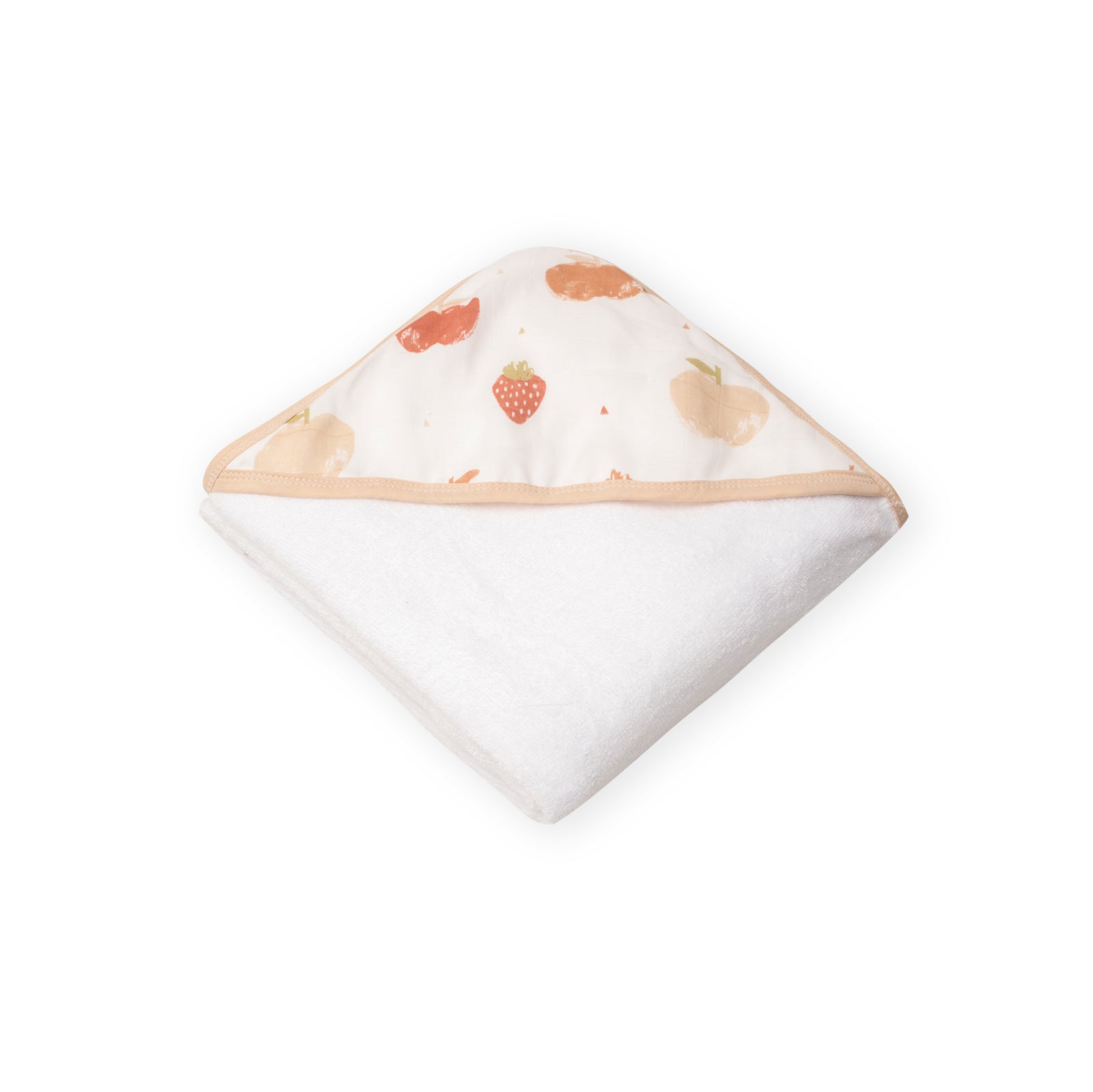
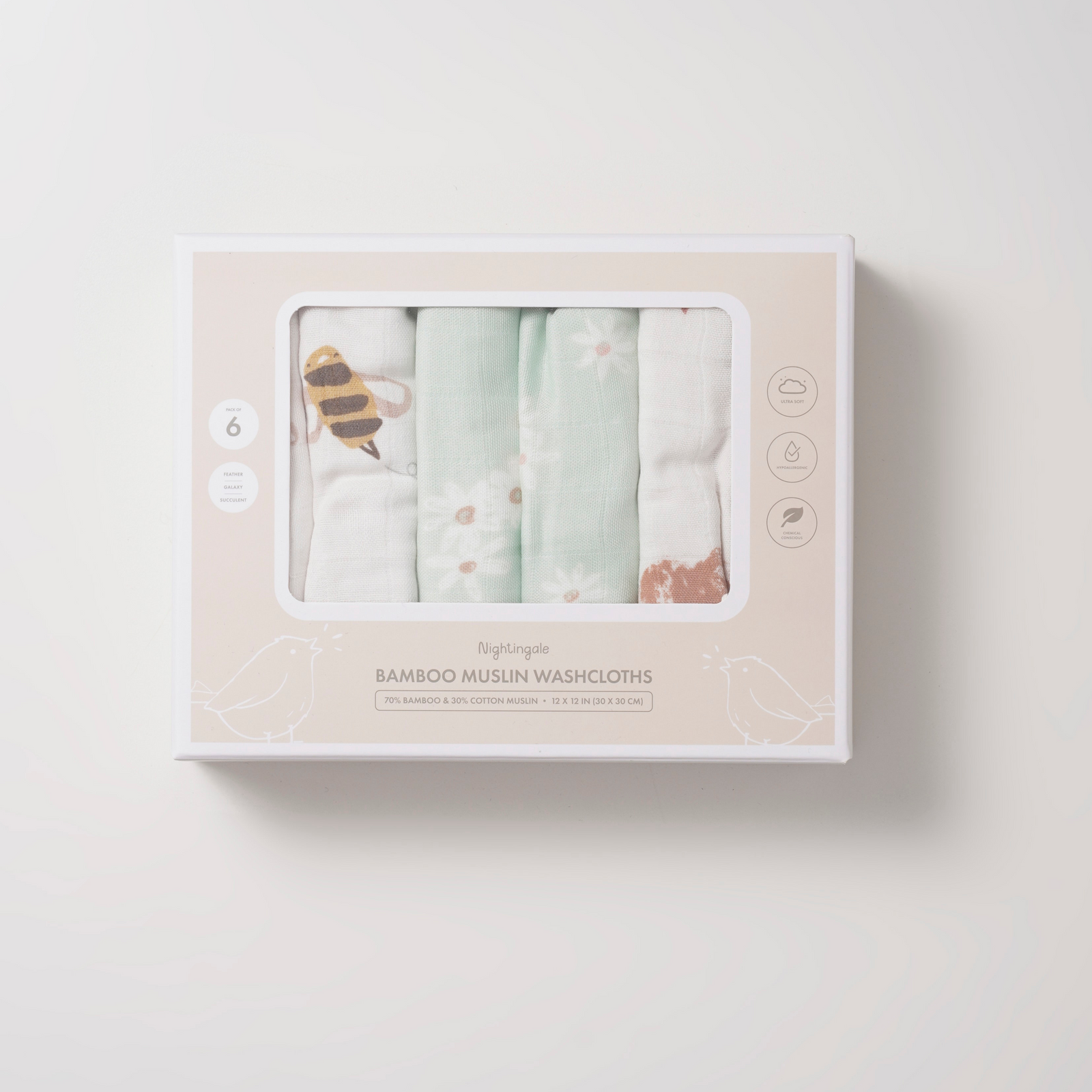
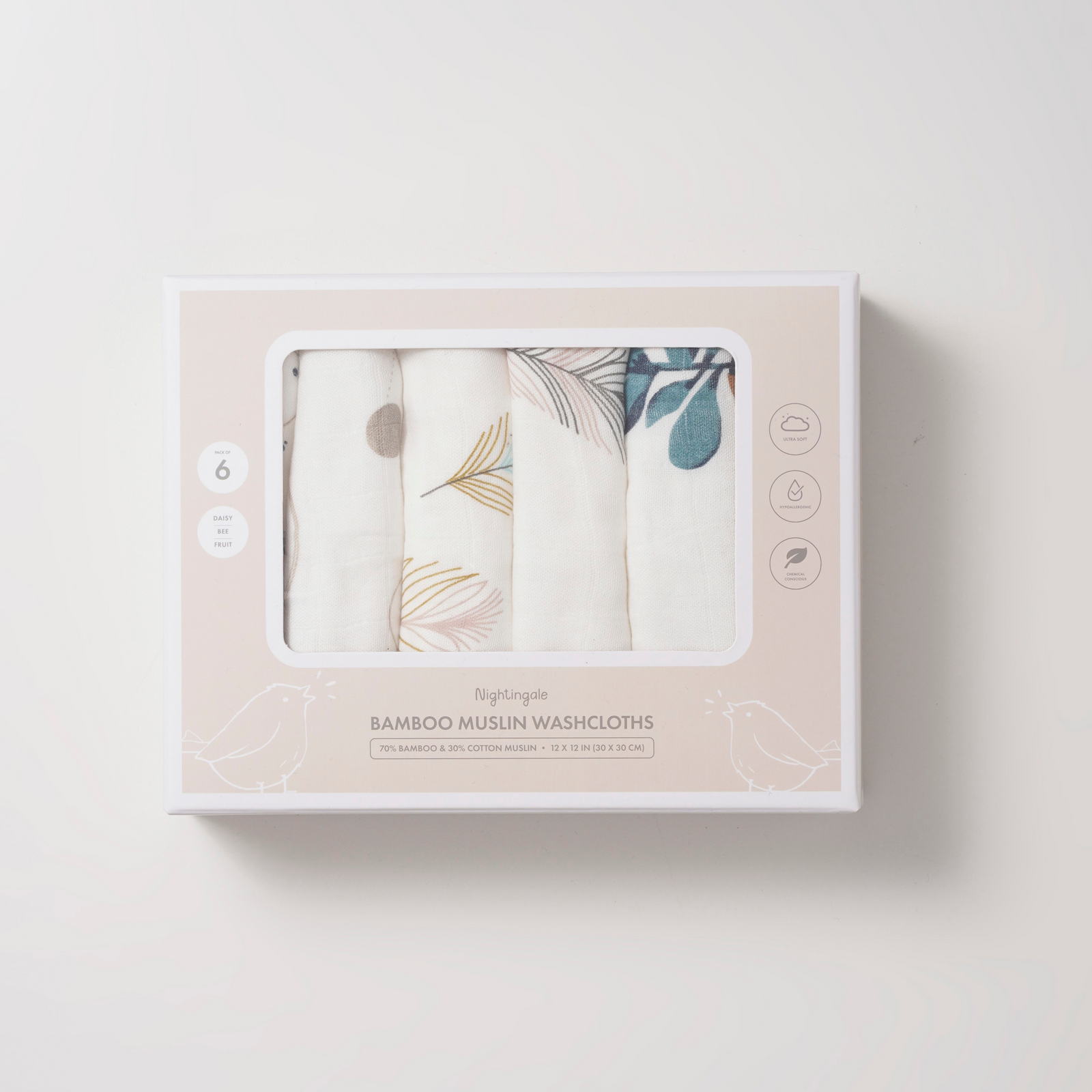
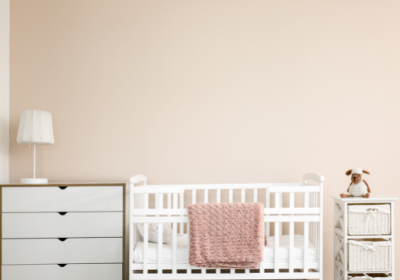
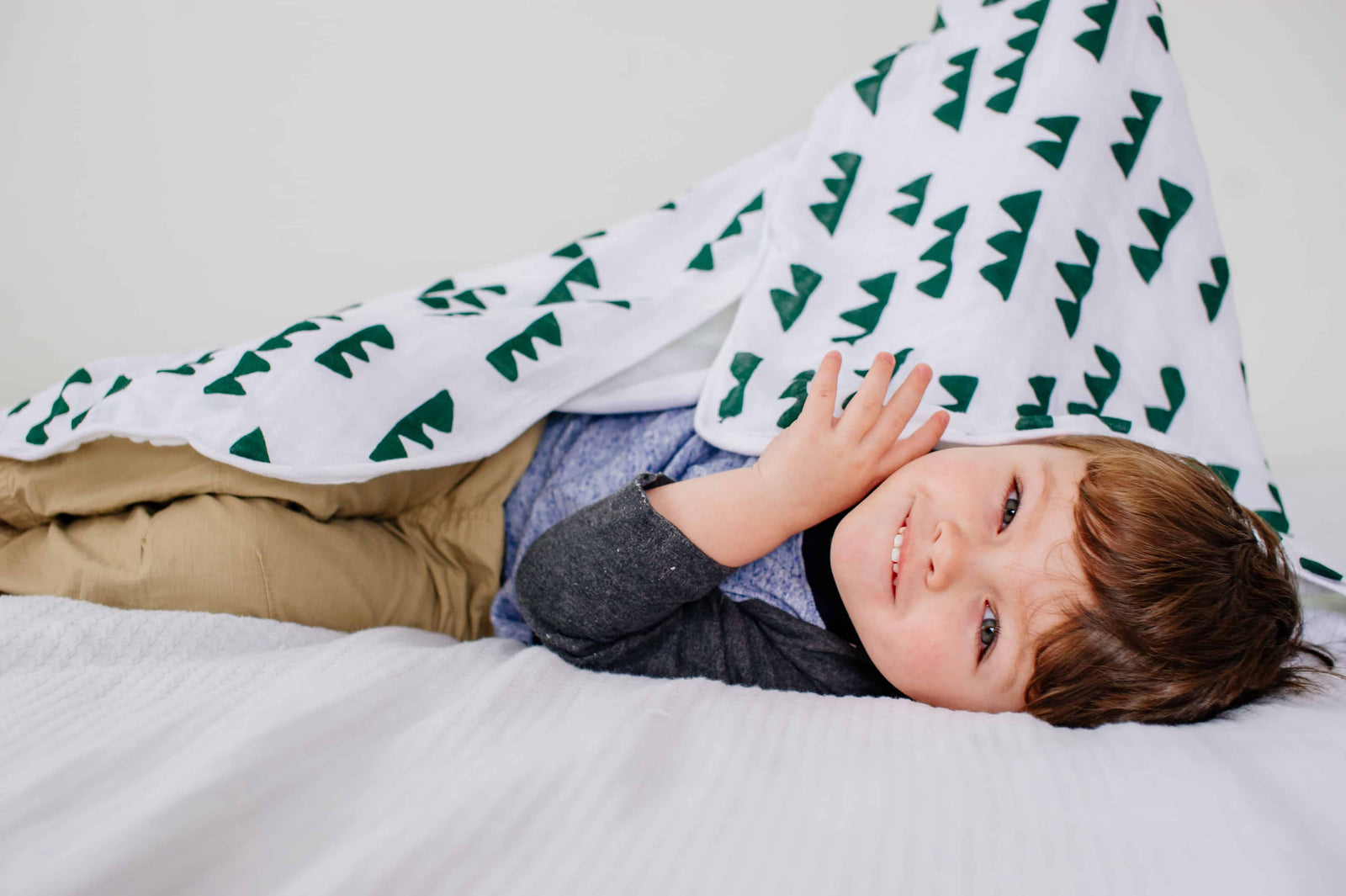
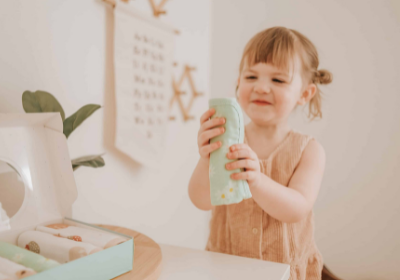
Leave a comment (all fields required)